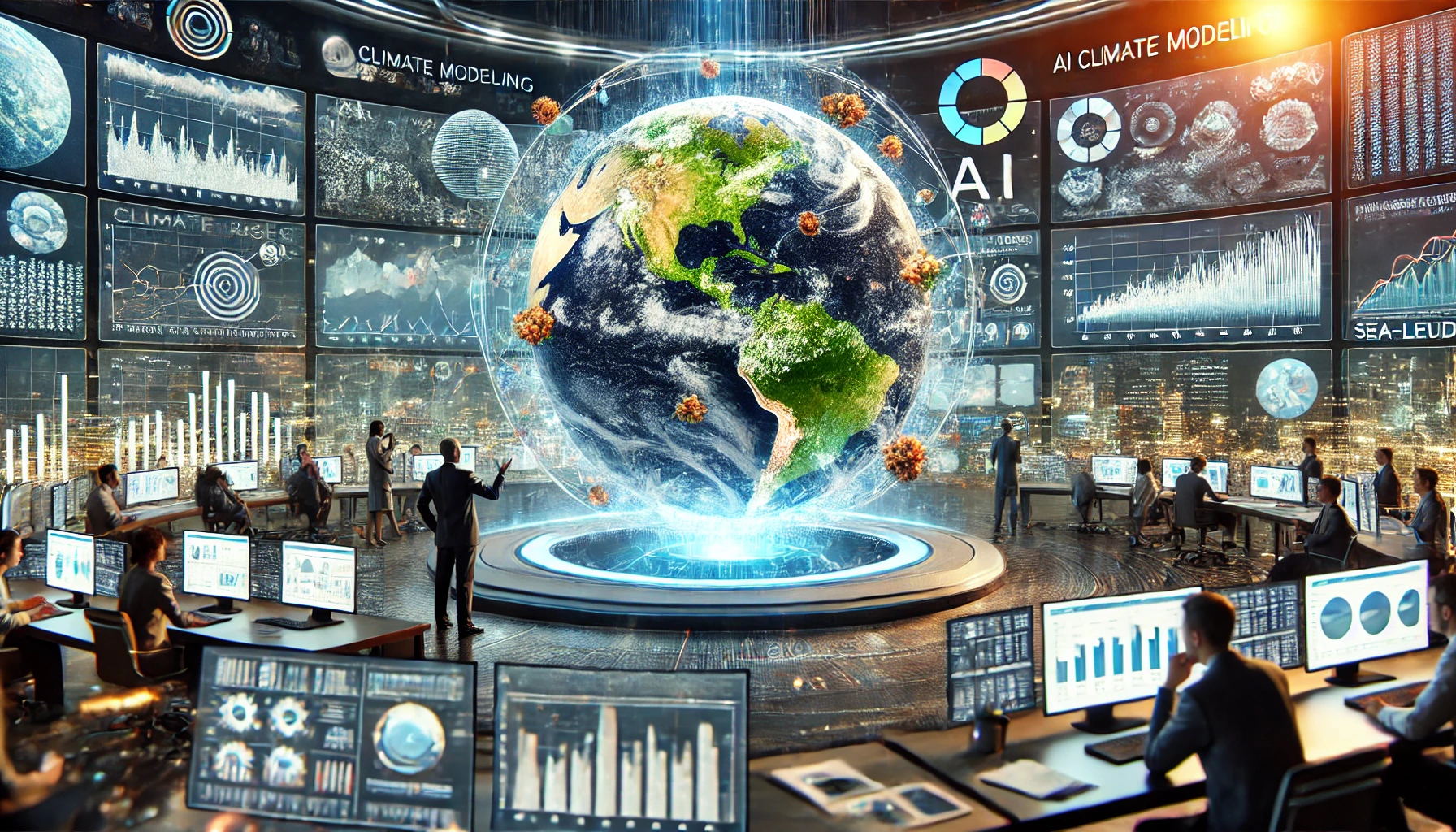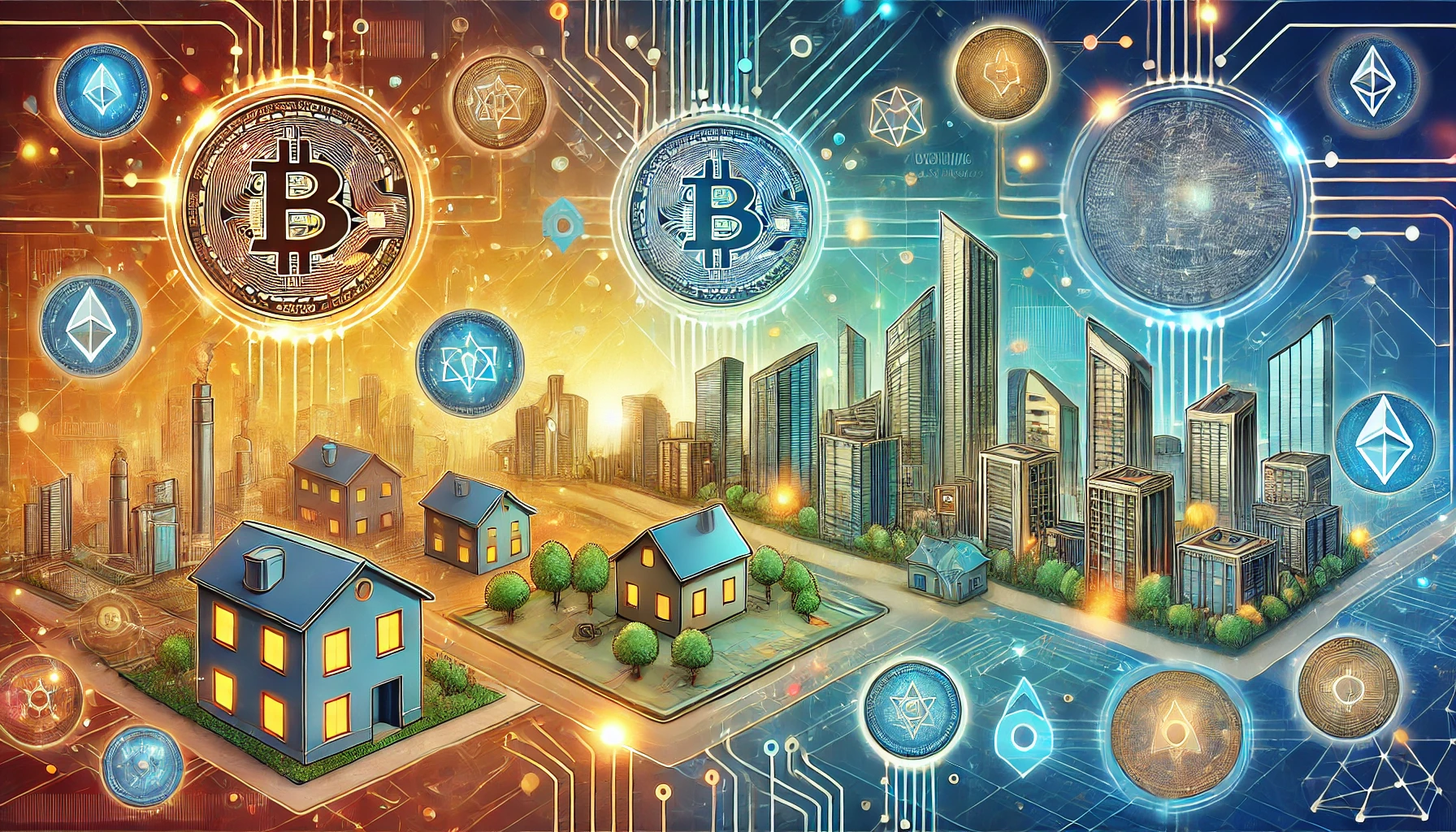The fusion of artificial intelligence (AI) and non-fungible tokens (NFTs) is transforming the landscape of digital art, with the first-ever Digital Art Awards serving as a powerful milestone. Hosted in Europe and backed by organizations committed to innovation and sustainability, the awards celebrated artworks that go beyond aesthetic value—many of them integrating real-time climate data to generate living, breathing visual narratives.
The Rise of AI-Driven Dynamic Art
At the core of this movement is AI’s ability to process vast datasets and translate them into visual forms. The winning pieces from the Digital Art Awards weren’t static; they evolved in response to global environmental changes such as rising sea temperatures, deforestation rates, and CO₂ levels. These dynamic artworks challenge traditional concepts of art as something fixed, instead inviting viewers to engage with ever-changing reflections of our planet’s health.
The role of AI here isn’t just generative. It’s interpretive—making sense of complex environmental inputs and weaving them into compelling visual languages that resonate with urgency and creativity.
NFTs: Enabling Ownership and Authenticity
While AI provides the engine for innovation, NFTs offer the infrastructure to authenticate, trade, and preserve these digital masterpieces. Each piece featured at the awards was minted as an NFT, ensuring transparency of ownership and provenance. This blend allows collectors to own a stake in artworks that are not only technologically sophisticated but also socially conscious.
More than mere collectibles, these NFT artworks embody an ongoing digital performance. The blockchain ensures that every transformation driven by AI is securely recorded, preserving the evolution of the piece for future analysis and appreciation.
Climate Conscious Art
Perhaps the most groundbreaking element of the awards was the artists’ commitment to climate awareness. Several installations drew directly from open environmental datasets, including Arctic ice levels, carbon emission records, and urban air quality indexes. These works didn’t just depict nature—they reacted to it, reminding viewers that the climate crisis is a living narrative that affects all aspects of life, including art.
The result is a genre of work that is simultaneously personal and planetary. It taps into viewers’ emotions while anchoring them to real-world data, making environmental change more tangible and relatable.
What This Means for the Future
As AI and NFT technology continue to mature, we can expect more artists to experiment with these tools—not just for aesthetic innovation but as a form of digital activism. The Digital Art Awards demonstrated that art can inform, inspire, and even alarm us, while also redefining what it means to create and collect in the 21st century.
This convergence also signals a future where technology, creativity, and ethics will increasingly overlap. AI-generated art can act as both a mirror and a megaphone, reflecting societal challenges and amplifying calls to action.




